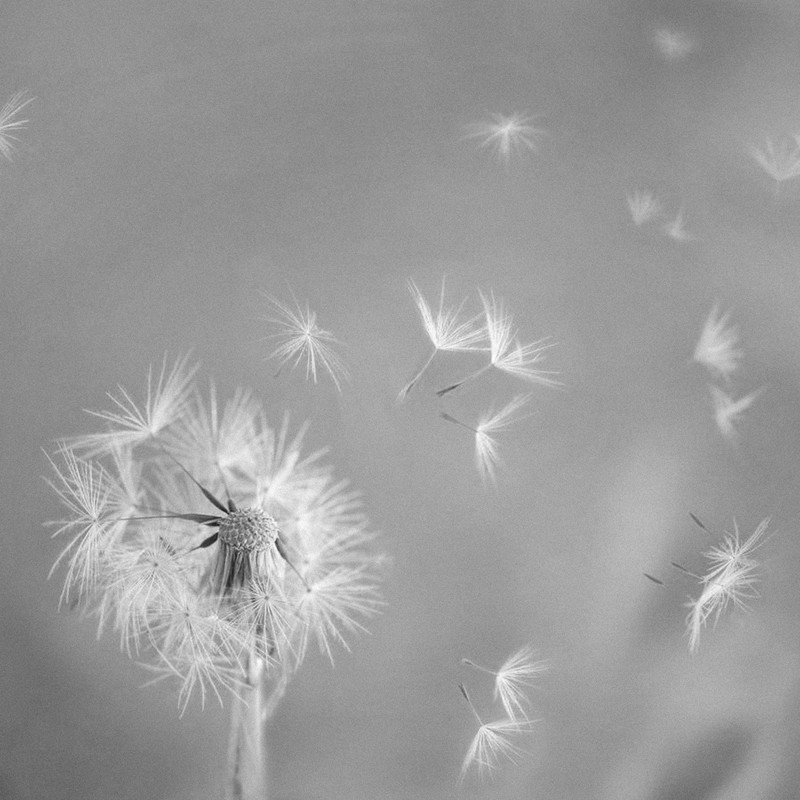Spring Allergies 101
What Are Spring Allergies?
“Around 10-30% of the world’s population is affected by spring allergies. These are seasonal allergies to pollen. They cause the typical, unpleasant symptoms – often, itchy eyes and a runny nose – that most people refer to as hay fever. However, pollen allergy also causes allergic asthma for a further 300m people, which is serious, and may even be fatal. The World Allergy Organization believes allergies are rising due to climate change. Milder winters and warmer, wetter summers are causing the pollen season to start earlier, last longer and be more intense.” – Dr Deborah Lee, Dr Fox Online Pharmacy
What Exactly Is Pollen?
“Pollen is a fine type of seed dust floating in the air, made up of trillions of microspores that are dissipated from trees, flowers, grasses and weeds. When the plant becomes pollinated, this special ‘dust’ is either blown by the wind or directly transferred by insects onto the female part of the plant, so fertilisation can take place. Pollen is produced by plants in the spring as this is the time of year they reproduce. Without pollen, plants would not provide, seeds, fruit, or other plants. More than 30 different types of pollen are known to cause hay fever. Grass pollen is the most common – 90% of hay fever sufferers have a grass pollen allergy. This can cause problems from May to September. Oilseed rape can cause allergic symptoms between March and July. Alder, hazel and yew pollens are produced between January and April, whereas poplar, ash, birch and plane pollens are present slightly later, between March and May.” – Deborah
How Does Pollen Cause Allergies?
“Pollen enters the body through the eyes, nose, or mouth, and can be inhaled into the airways. If you are allergic to pollen, your body recognises this as a foreign substance, which sets off an immune reaction. As a result, ‘IgE’ antibodies are produced, which bind to a special type of cell, called mast cells, causing them to release the chemical histamine. Histamine increases the blood flow to the area, causing the nose and eyes to water and feel itchy. Histamine release is the main cause of hay fever symptoms. In the lungs, histamine causes the bronchioles – the small tubes in the airways – to constrict, making it harder to get enough oxygen into the lungs and to get rid of carbon dioxide. As a result, inhalation of pollen can cause asthma, or worsen asthma in asthma sufferers.” –Deborah
Is There A Way To Prevent Hay Fever Early On?
“For a sniffle-free summer, it’s best to start early and maintain treatment throughout the season. Research has also suggested eating honey in advance of hay fever season can help de-sensitise pollen allergies because it contains pollen itself, allowing the body to build up a tolerance naturally. If you want to try it as a prevention technique, it’s best to eat honey that has been made locally as it will have a variety of pollen sources. Make sure you start consuming it regularly at least three months prior to peak season, which is said to be from late March through to September.” – Dr Clare Morrison, MedExpress
What Are The Solutions?
Deborah explains the key treatments to try…
Antihistamines
These are the mainstay of treatment for allergies such as hay fever because they work by preventing the release of histamine. They are available as tablets, eye drops and nasal sprays. They need to be used regularly to keep their effects going. If you miss out on a dose, you will be too late to prevent the release of histamine, and symptoms are likely to occur. Antihistamine tablets are the most convenient option. Second-generation antihistamines such as fexofenadine are generally preferred as they are less likely to cause drowsiness. Fexofenadine is usually taken as a 120mg dose once a day. Those with liver or kidney disease, heart problems or epilepsy, and pregnant women, should not take fexofenadine. In general, it is thought to be safe in breastfeeding so long as the baby is healthy.
Eye Drops
Ones containing antihistamines such as ketotifen, pheniramine, and olopatadine are helpful for treating the itchy, runny eyes. The drops are applied, one drop in each eye, every 8-12 hours, and often give rapid symptom relief. Sodium cromoglycate eye drops are another option for eye symptoms – these also work by preventing mast cells from releasing histamine. They need to be applied two drops in each eye, four times a day.
Antihistamine Nasal Sprays
Ones containing azelastine hydrochloride can be used for children and adults with nasal symptoms of hay fever. The dose for children aged 6-17 years and adults is one spray to each nostril twice a day. Sometimes, a doctor will prescribe a steroid nasal spray for allergic rhinitis in hay fever. Steroids are powerful anti-inflammatories. A beclomethasone nasal spray may be suggested. This is a local treatment so there is minimal risk of the steroid affecting other parts of the body.
Skin Prick Testing
Small quantities of different types of pollen are injected under the skin at separate sites. If a reaction occurs, this may indicate an allergy to that particular pollen. When you know which pollen you are allergic to, you can take steps to avoid it more efficiently. It is generally not advisable to buy allergy testing kits over the internet, and the kits may not be a good enough standard and the results need to be properly assessed by a skin specialist or immunologist. Sometimes a blood test is also needed to measure the levels of the antibody IgE.
Immunotherapy
Hay fever can sometimes be successfully treated using immunotherapy. Studies have shown that by continually exposing the immune system to a particular allergen over a period of three years, resistance often develops, with a significant improvement in symptoms. This can only be done in a specialist centre in case you were to have an anaphylactic reaction.
Is There A Natural Solution?
“Supporting the gut microbiome (gut bacteria and microorganisms) is one of the best ways to improve the health of our immune system, as over 70% of the immune system is in our gut. Fermented foods and probiotics like kefir are an excellent way to improve the health of our microbiome and help our immunity. A double-blind trial of 173 hay fever sufferers showed that taking daily probiotics improved symptoms and quality of life during hay fever season. Vitamin D plays a large role in immune function and levels are shown to be low in many allergic diseases, including allergic rhinitis. Take a good-quality vitamin D supplement if you suspect your levels are low.” – Dr Jess Braid, The Natural Doctor
“Acupuncture can help to treat hay fever by strengthening the body’s overall defences to deal with the allergen and symptoms during both the acute phases and throughout hay fever season. It can help to reduce inflammation and symptoms of itchy red or watery eyes, itchy mouth, throat, nose and ears by dislodging blocked and stagnant energy. By increasing microcirculation, in the head and face, acupuncture can help to alleviate symptoms of a runny or blocked nose and swollen eyes or nose. What’s important to remember is acupuncture restores the overall balance, as a preventative treatment, in non-hay fever season and before hay fever season starts. During this time is when acupuncture treatment can be at its most effective. Successful treatment with acupuncture carries the long-term benefits of symptom relief without the side effects or resistance to medication that occur with long-term use of drugs such as corticosteroids.” – Asha Chong, Five Element Acupuncturist
What Should You Do If Your Children Suffer Too?
“Eye drops, nasal sprays and antihistamine syrups are now suitable to treat symptoms in children and most come in non-drowsy formats. Cetirizine is a great option as it’s non-drowsy and also offers relief from other allergies including pets, house dust mites, and skin allergies including rashes, itching and hives. Children over the age of two can take liquid cetirizine. If you’re still struggling to get your child’s symptoms under control with over-the-counter medicines, it’s worth consulting your pharmacist and asking about corticosteroids for persistent nasal congestions.” – Matt Courtney-Smith, Lloyds Pharmacy
What If You’ve Tried Everything, With Little Success?
“If you find you’re resistant to most typical treatments, try keeping your windows closed – even at night and when you’re driving in the car. This may not sound like a deterrent, but it will definitely help you avoid contact with pollen. It’s especially important in the early morning and evening when pollen is released. Pollen rises during the day with hotter air, before falling as it cools down again come evening. I recommend wearing sunglasses too; and avoid drying clothes and bedding on your washing line when the pollen count’s high – you’ll just bring it into your home and exacerbate symptoms. Another simple hack is to put a smear of Vaseline inside each of your nostrils to ease soreness and stop pollen from spreading up your nasal passage.” – Matt Courtney-Smith
“Change your clothes after coming in from outside during hay fever season, as the fabric will have undoubtedly picked up bits of pollen while you were out. It’s also a good idea to keep your shoes stored away, and as close to the door as possible, to prevent pollen being spread throughout the house. As well as on clothing, pollen can quite easily gather on your skin while you’re out of the house. Regular washing, especially of your hands and face (including the areas around your eyes) can help clear away any pollen before it can cause irritation. If you’re a monthly or two-weekly contact lens wearer during hay fever season, it might be worth speaking with your optician to see if you can switch to daily contact lenses. By replacing the lenses daily, you’ll guarantee that you’ll be applying pollen-free lenses. However, if you would rather stick with your monthlies or two weeklies, just take extra care to thoroughly clean and store them overnight in contact lens solution to get rid of any tiny bits of pollen that may have accumulated.” – Alastair Lockwood, Feel Good Contacts
Suffering With Spring Allergies? Here Are The Products To Try…
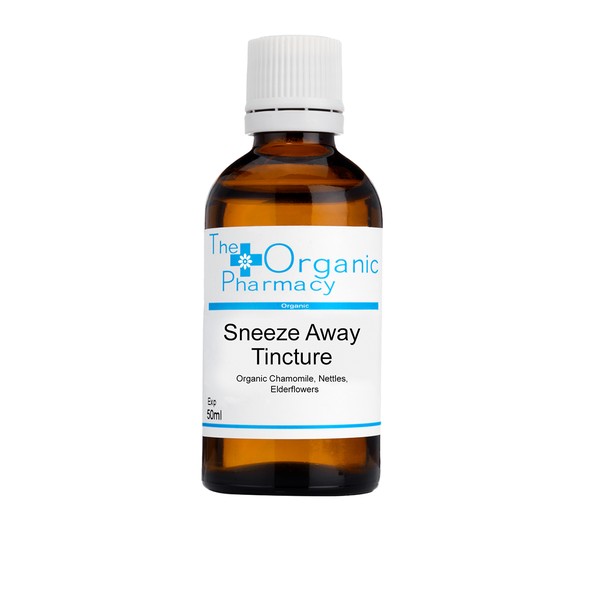

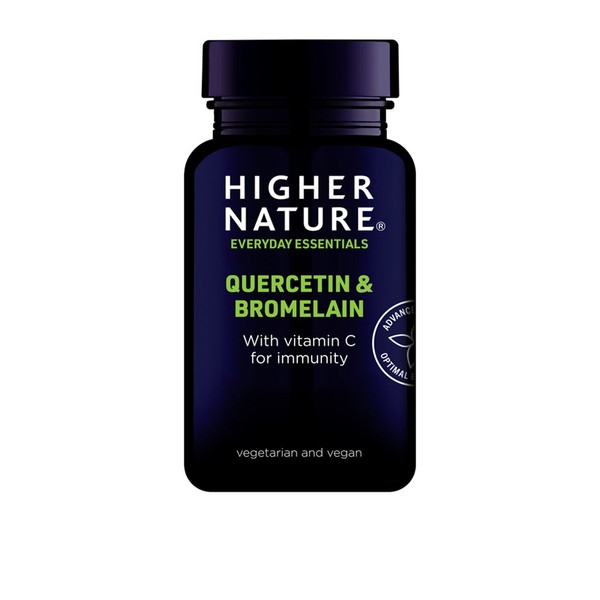

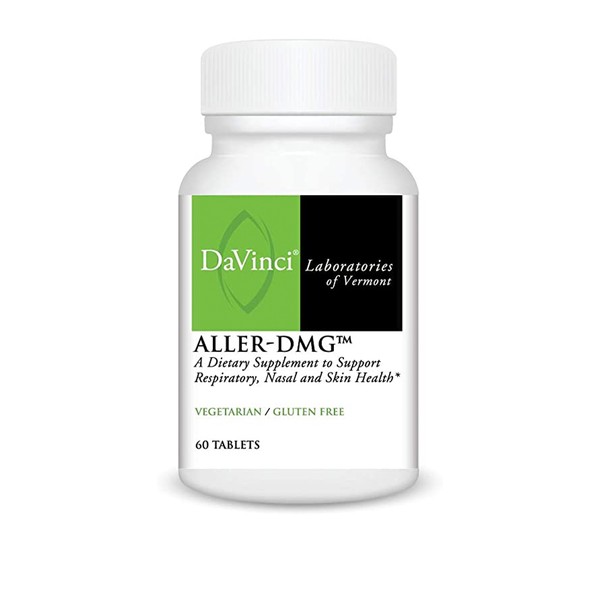
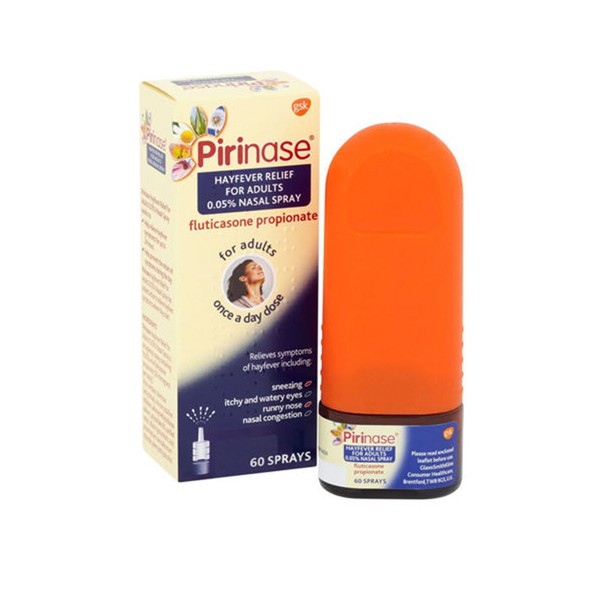
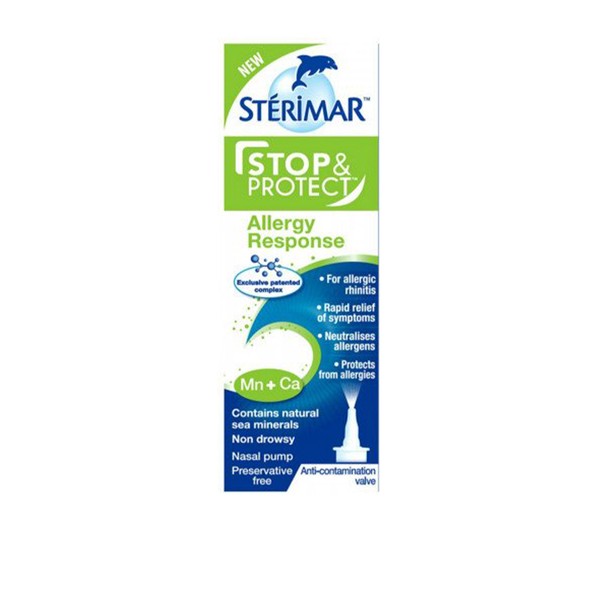
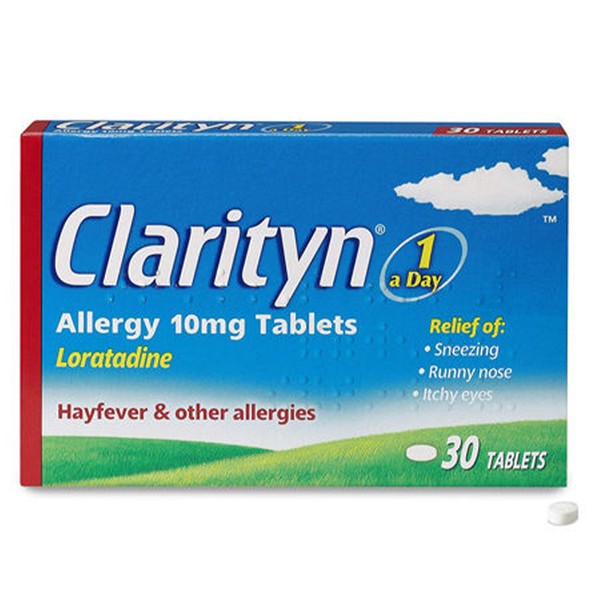
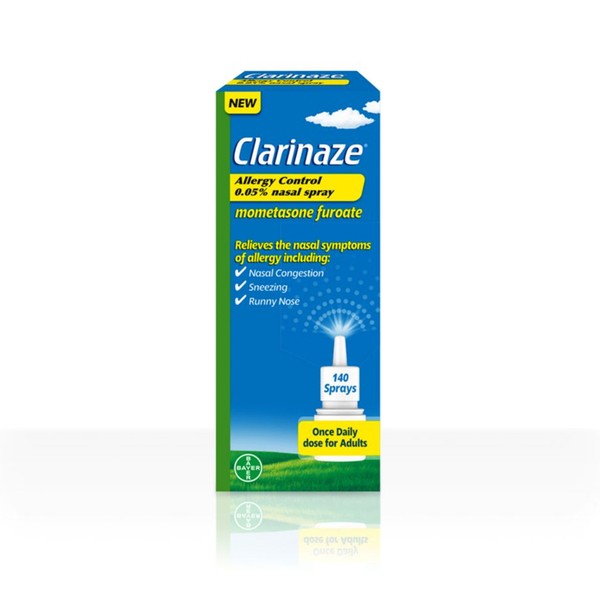
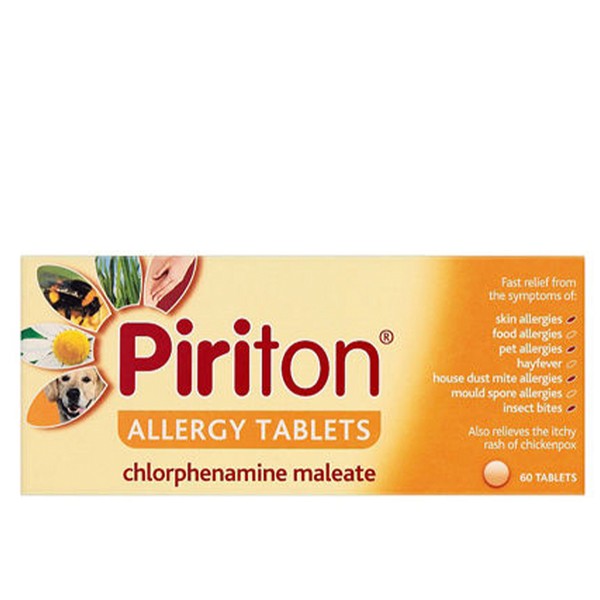
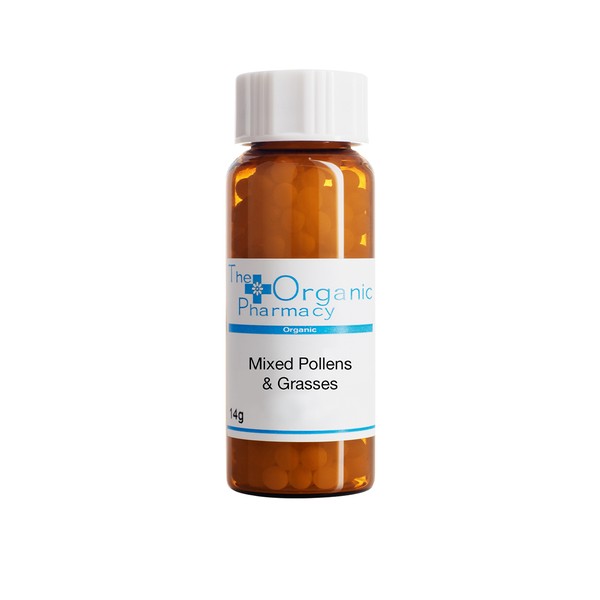
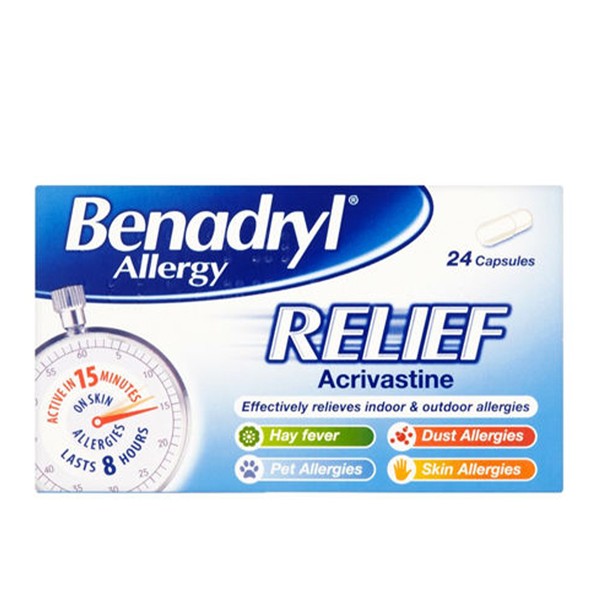
DISCLAIMER: GPs have urged hay fever sufferers not to confuse their reaction to pollen with the symptoms of coronavirus. Allergy symptoms tend to be milder and fluctuate depending on the time of day as pollen levels are often higher in the afternoon and evening. If your symptoms appear more severe or if you have a new, persistent cough and a high temperature, follow government advice and self-isolate. Visit NHS.uk for more information.
DISCLAIMER: We endeavour to always credit the correct original source of every image we use. If you think a credit may be incorrect, please contact us at info@sheerluxe.com.
